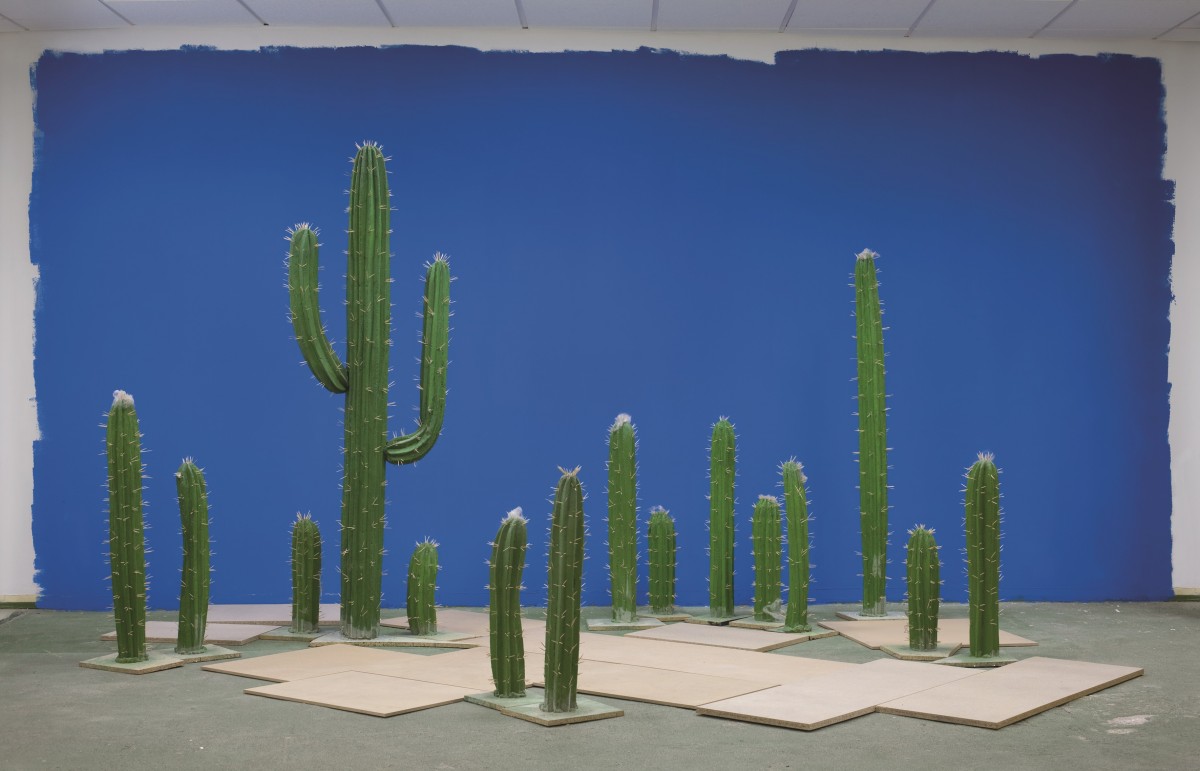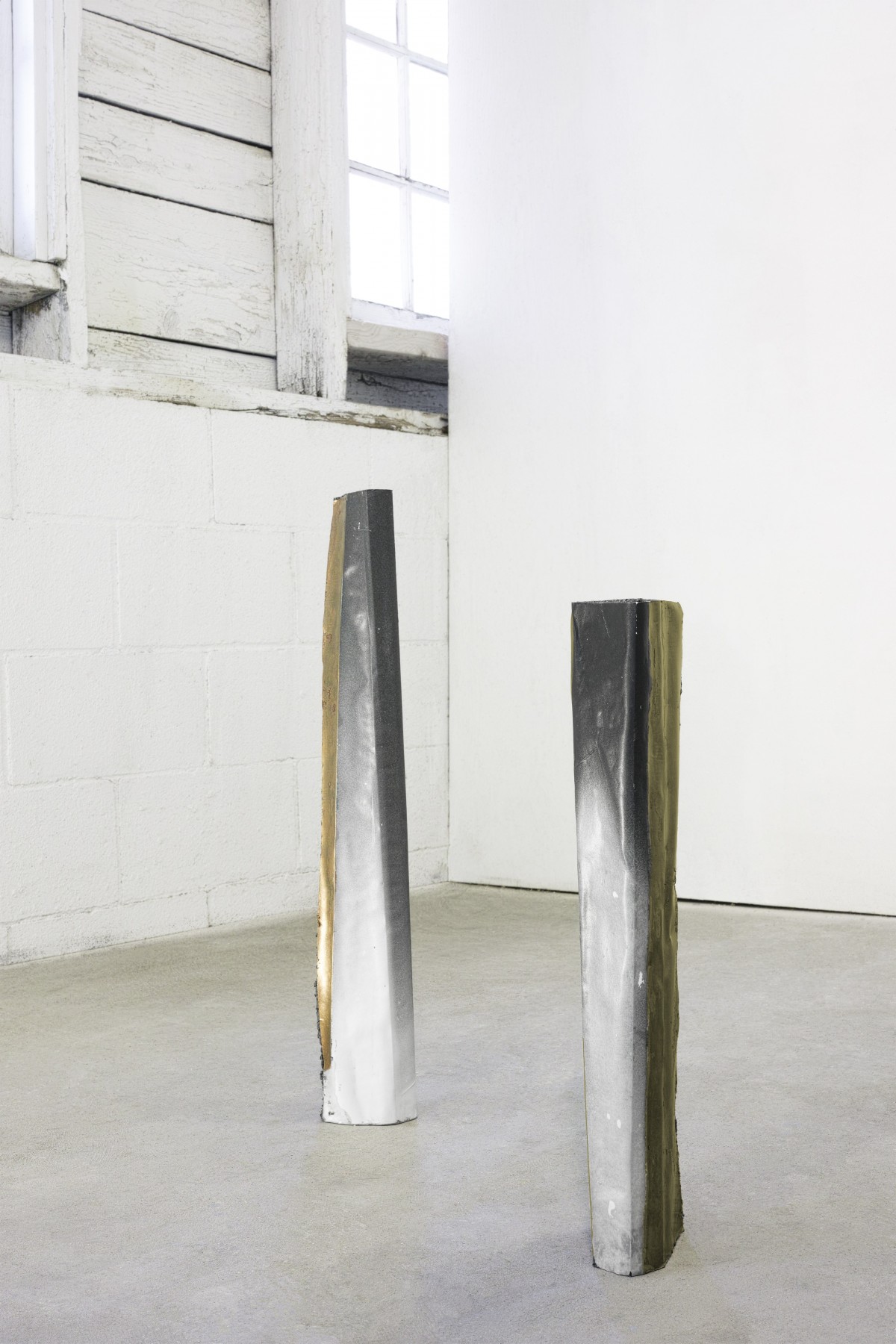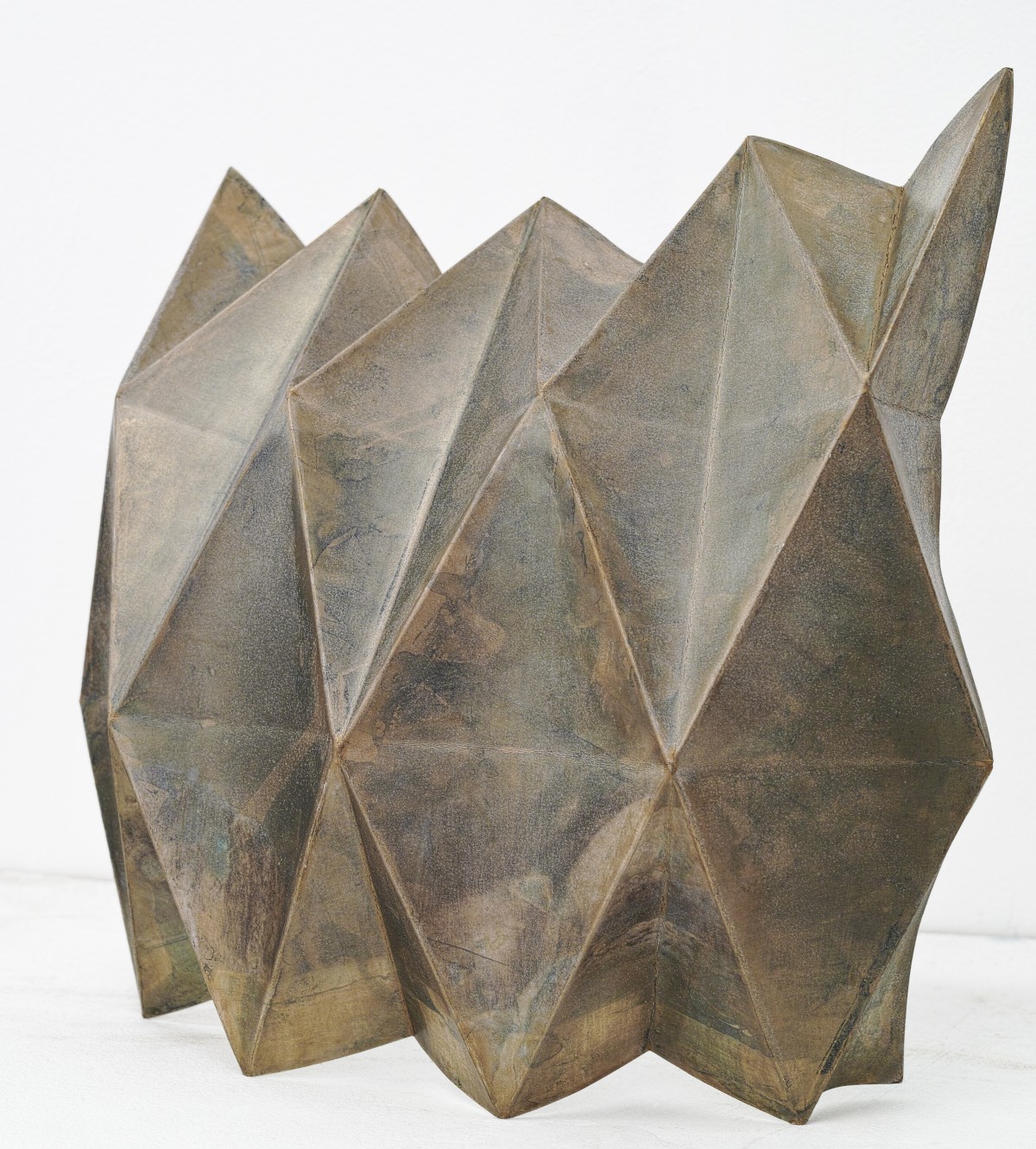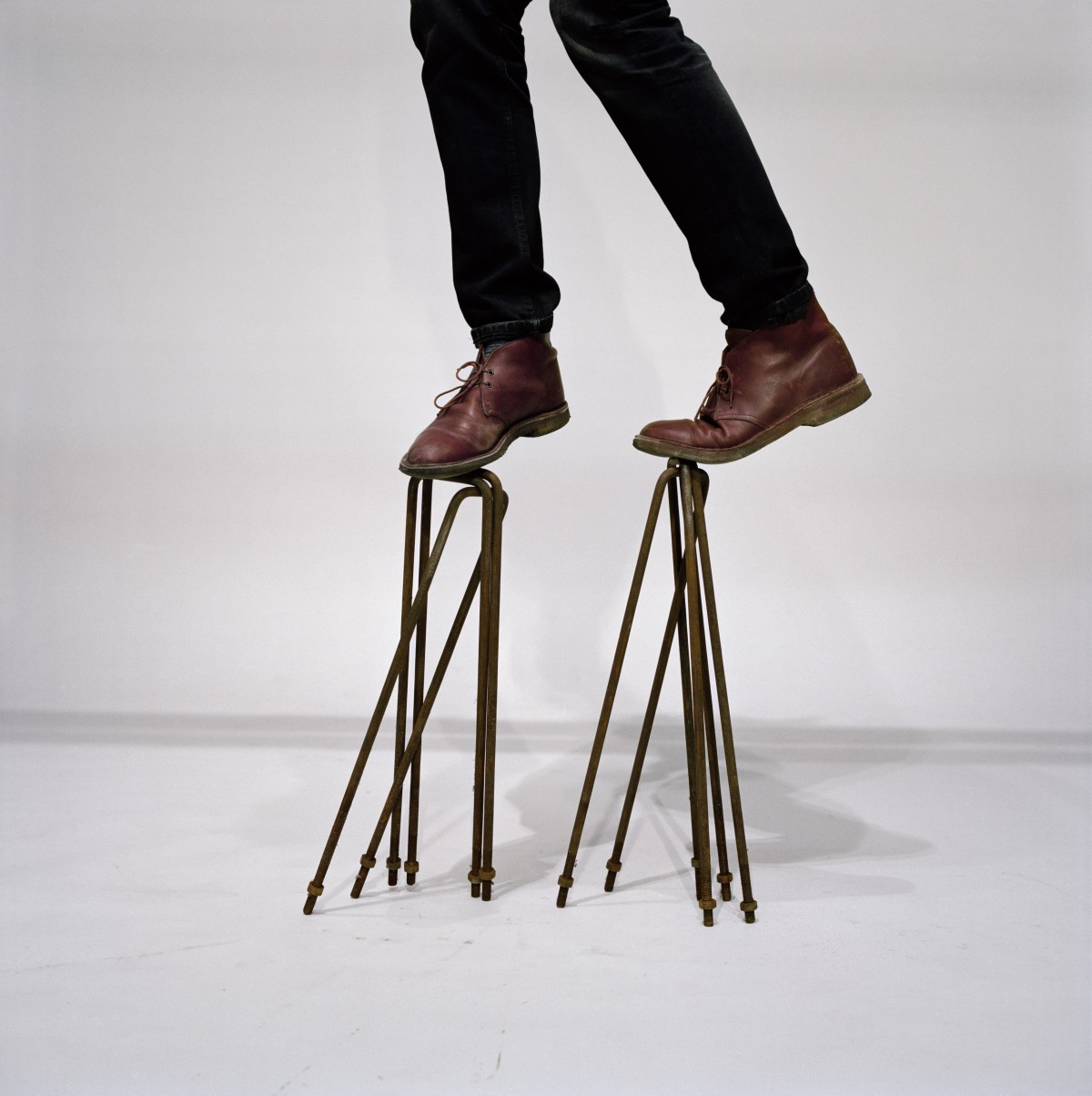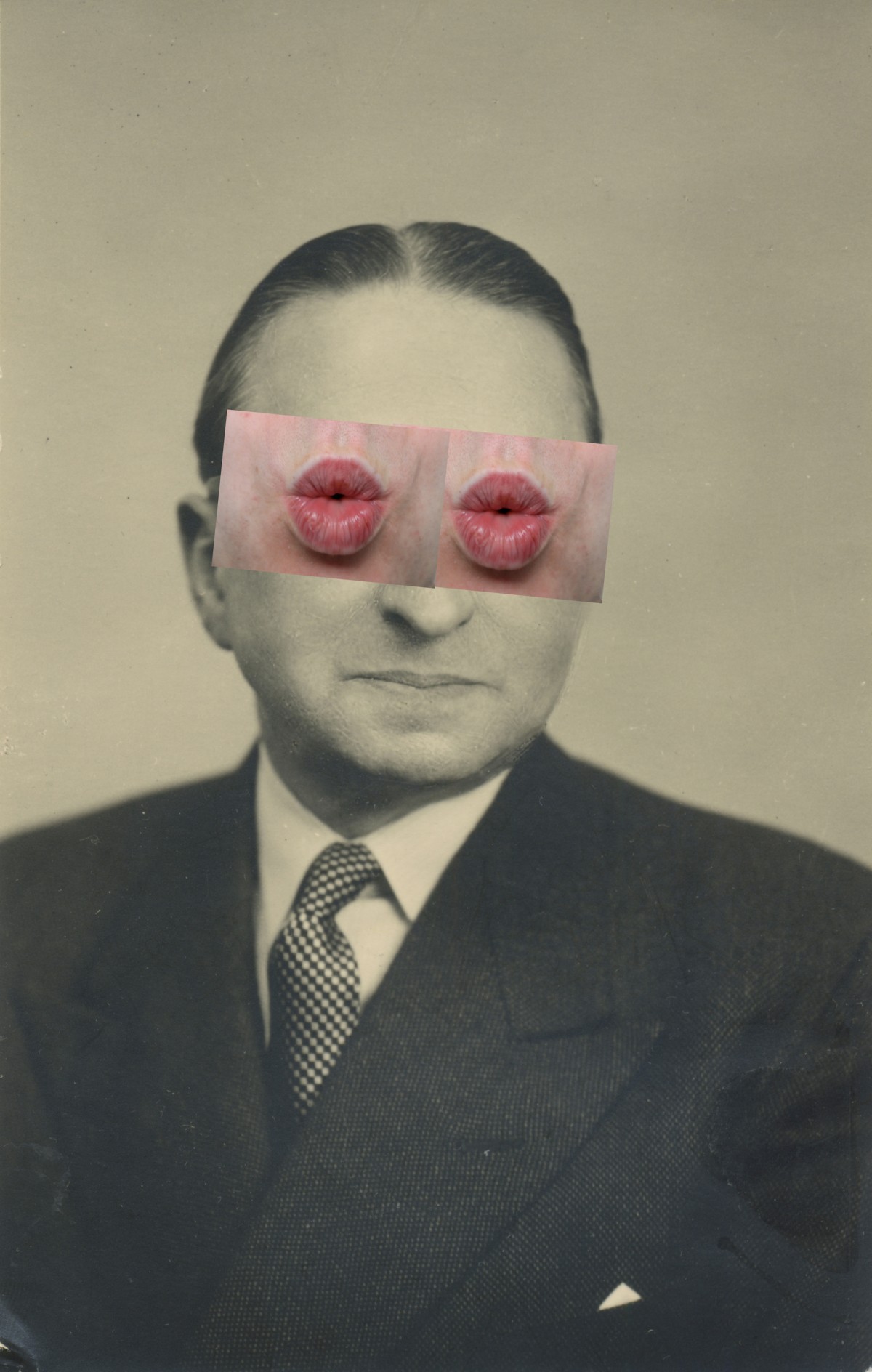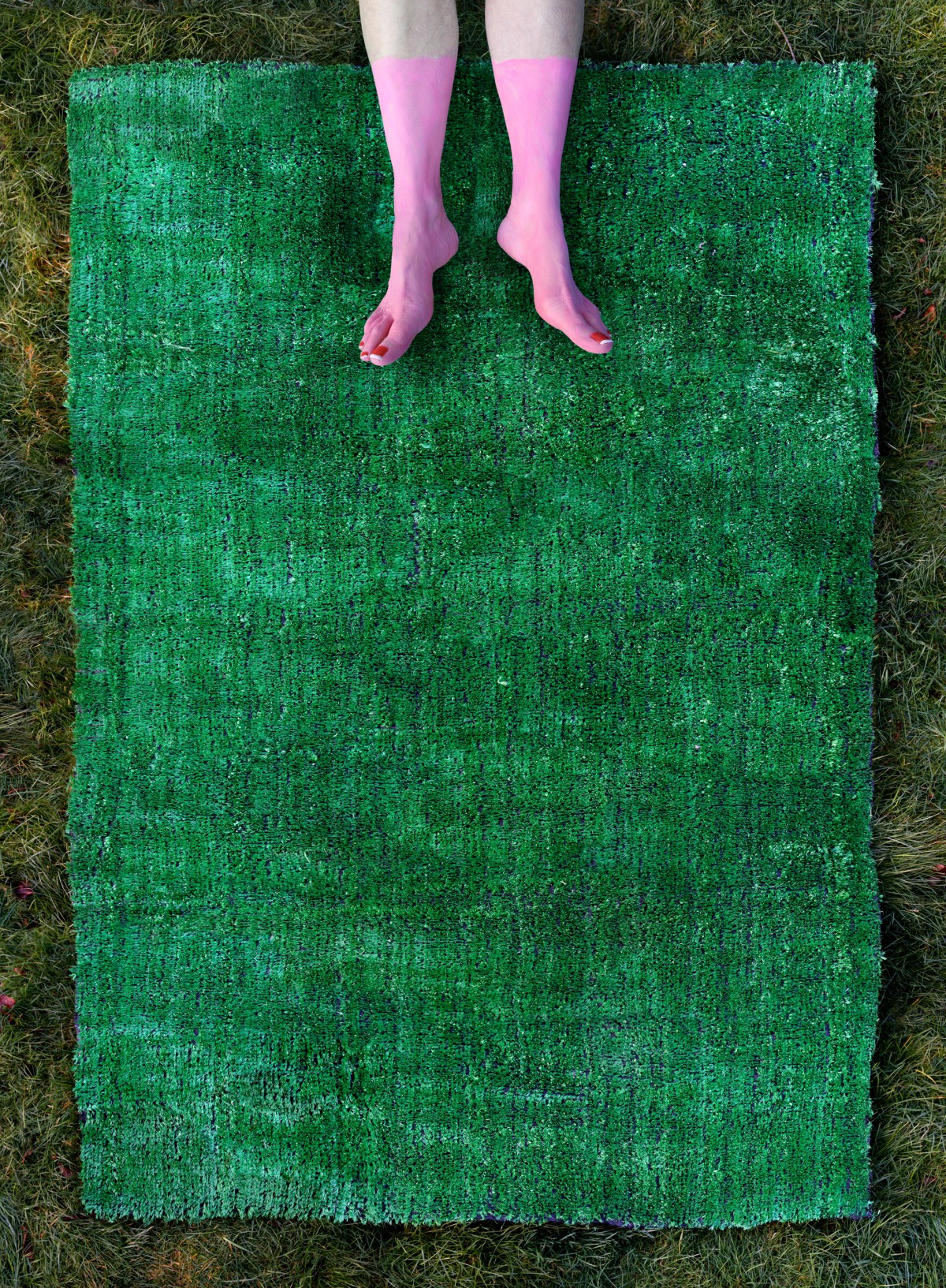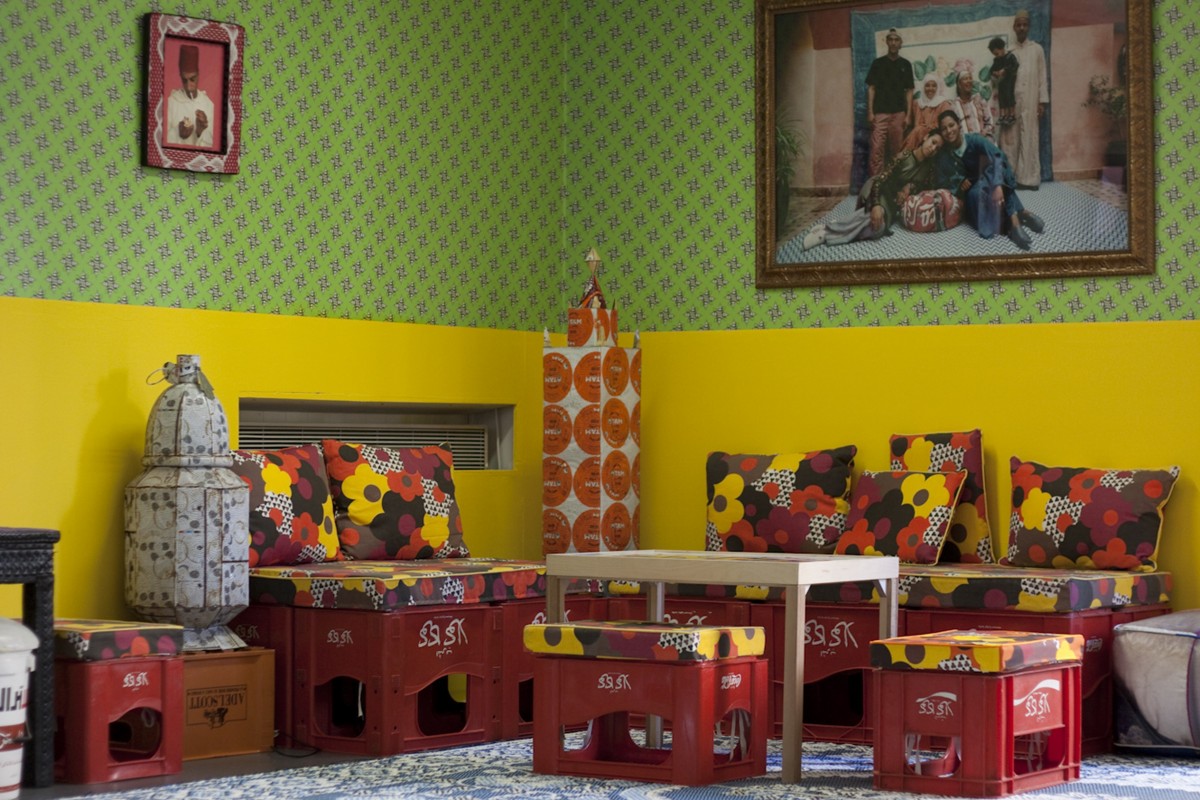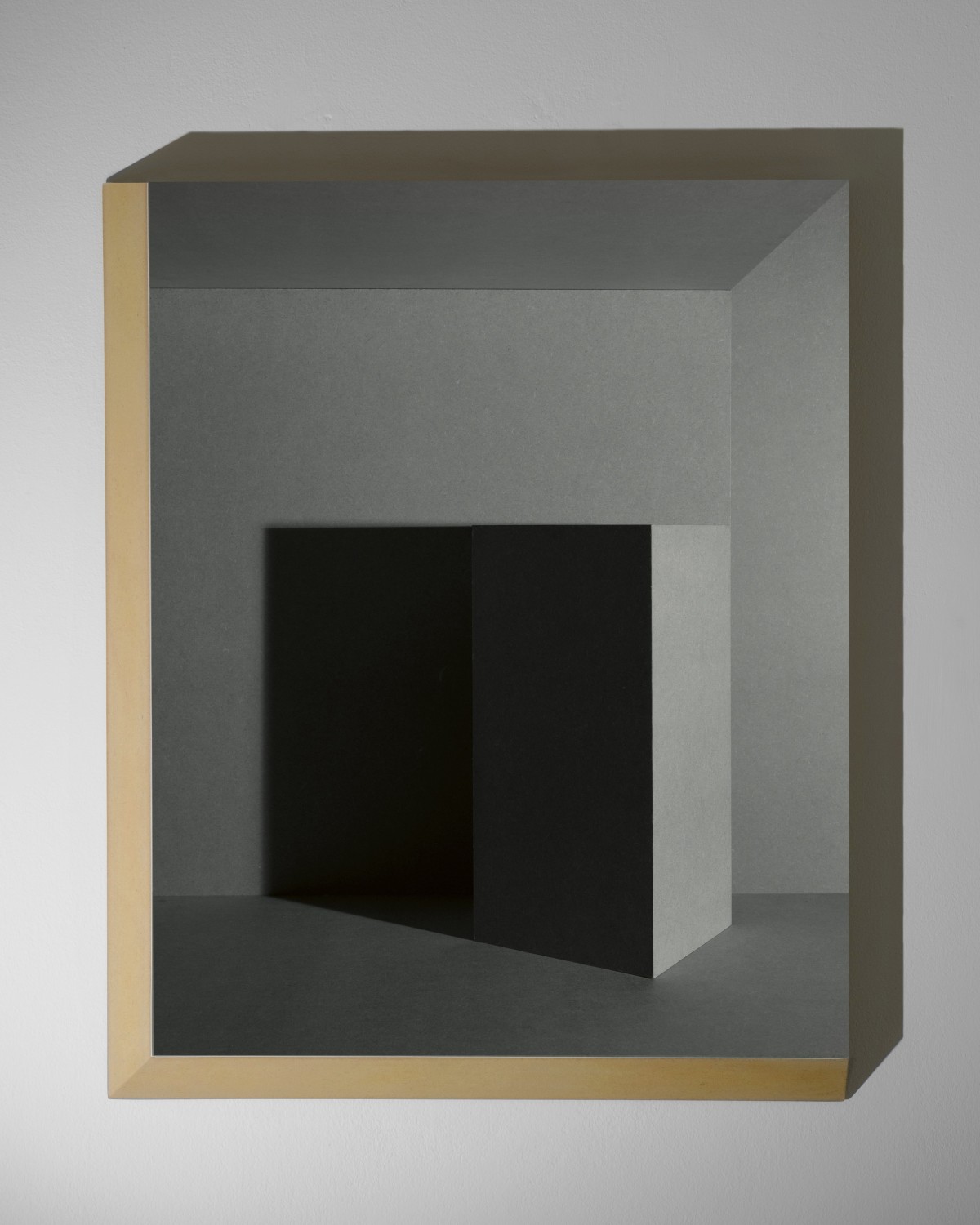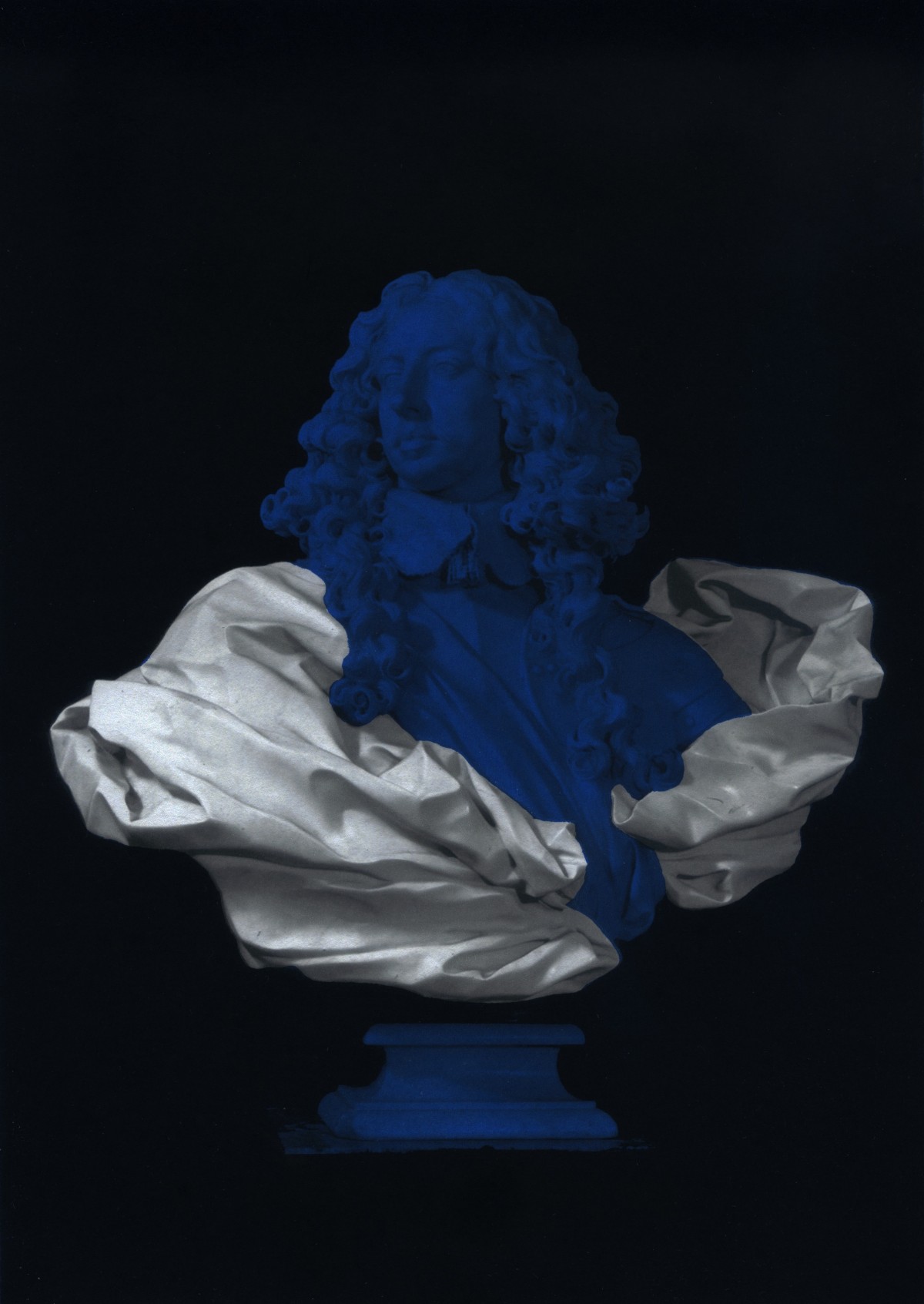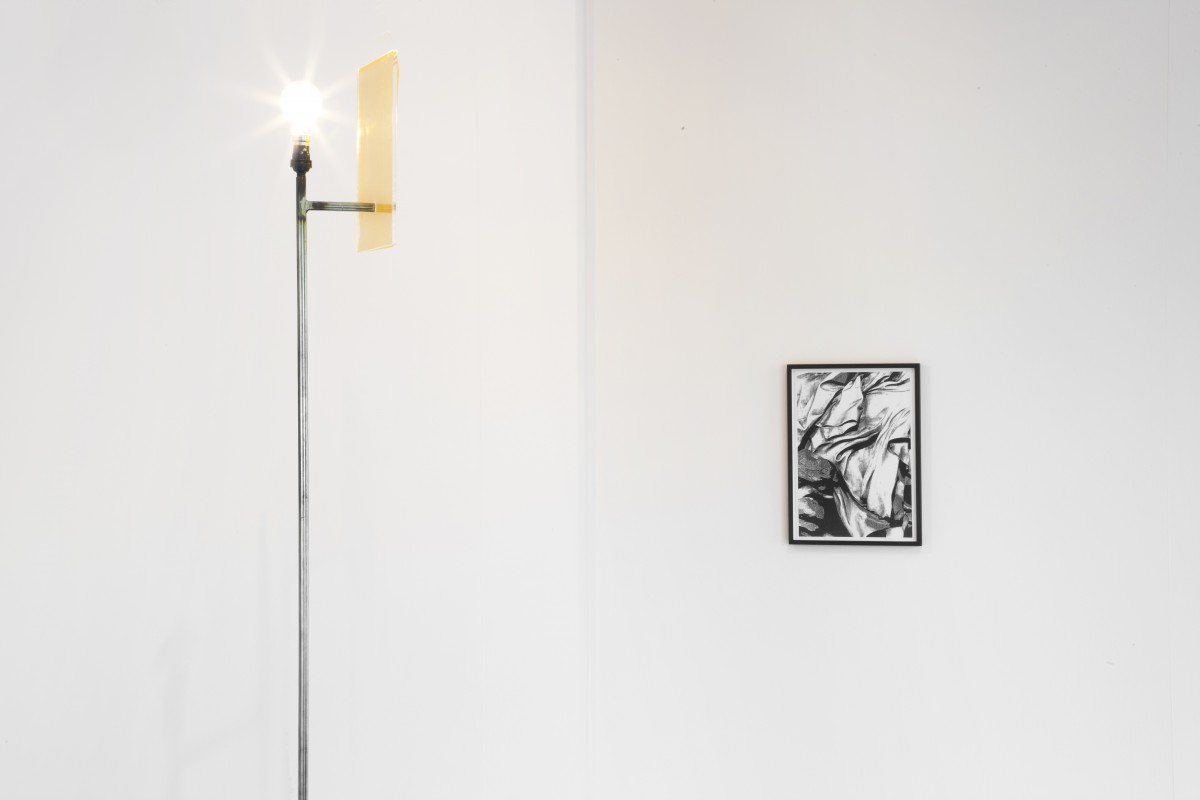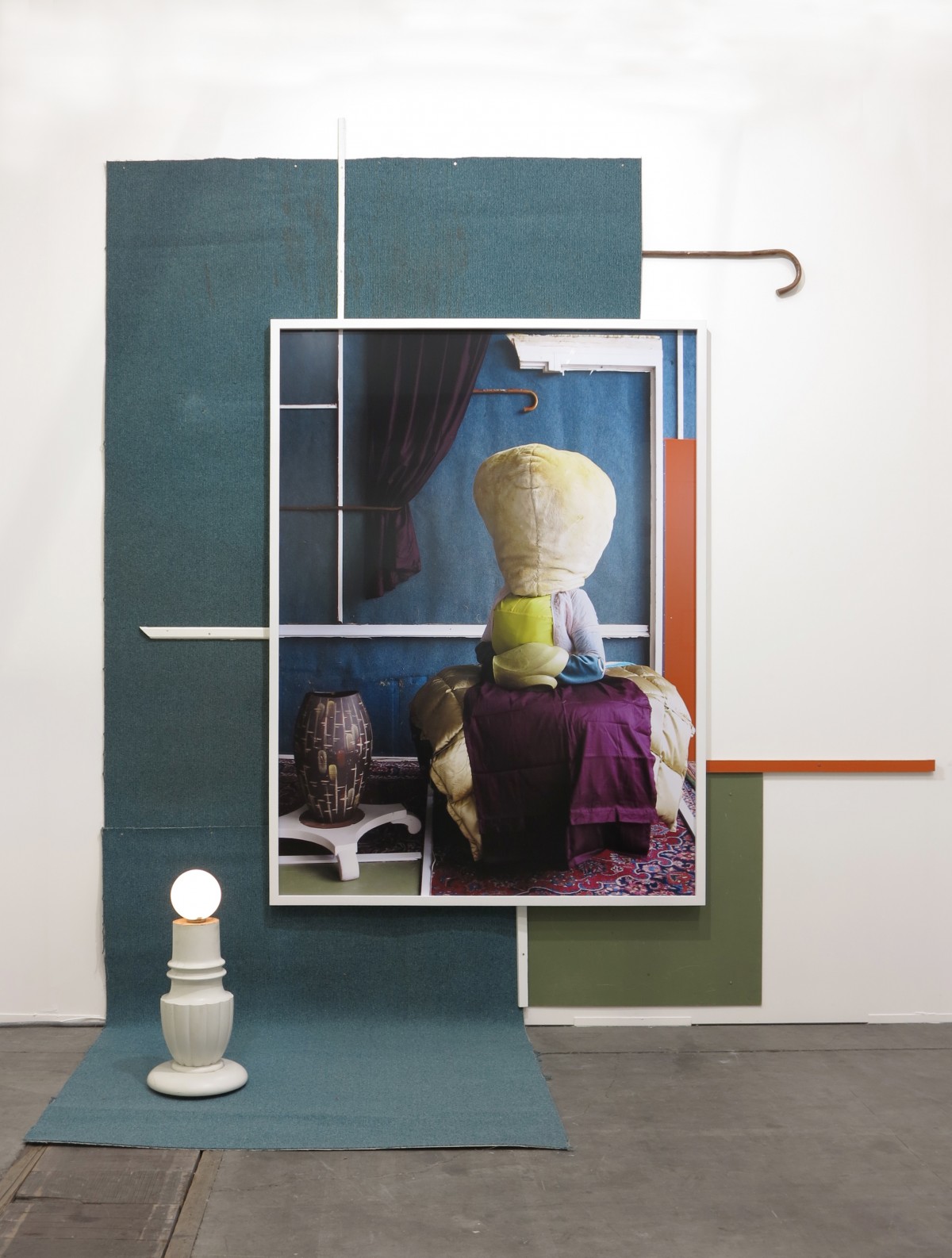Ahead of this year's Photo 50 exhibition at London Art Fair, we talk to guest curator Sheyi Bankale about his exhibition 'Against Nature'.
The exhibition takes its title from Joris-Karl Huysmans’s novel Against Nature and will explore the boundary between the tangible photographic object and the aesthetic plain. Andrew Lacon (BPB14), Jonny Briggs and Nikolai Ishchuk (Jerwood Encounters: Family Politics, curated by Photoworks) exhibit their work alongside six other photographers.
The premise of Huysman’s A Rebours is of decadence and fantasy. Can you elaborate on the theme of ‘Against Nature’ and how this relates to your curatorial choices?
The novel Against Nature by JK Huysmans has been an intricate muse intertwined in the art world for many decades and take on many intrinsic characteristics, two being decadence and fantasy. The novel also shares understanding of social, natural and scientific phenomena. This underpinned Klaus Weber’s exhibition entitled ‘If You Leave Me I’m Not Coming’. A commission in 2012 by Nottingham Contemporary that called into question our systems of deepest belief.
The novel was first published in the 19th Century, and this period sustained a prolific stage in the scope of photography too. The novel explicitly broke away from the Naturalist tradition of literature in the 19th century. In mirroring, the notion of the curatorial selection is the changing view of what photography can be, aiming a breakaway from tradition too.

A further link is the home of the main character in the novel, Des Esseintes, which is filled with objects that aroused curiosity. I view the artwork of the artists in this exhibition in a similar environment arousing curiosity of presenting a photograph or photographic process as an object.
Talk us through your selected artists.
The displays are fascinating objects; several totally defunct and devoid of function to the point they cocoon into being visual objects such as Nikolai Ischuk. Artists will present objects of photography, objects that are key to the history of the medium, objects that are engrained in the medium. In this instance, Tom Lovelace has eluded to objects with a play on Fox Talbot’s seminal ‘The Open Door’, 1844.

A wide variety of techniques reflecting our modern technological culture are shown such as Adad Hannah figurative constructions on video. Andrew Lacon explores the role of sculpture in relation to photography. His work adopts photographic methods and theories to create an often reductive, minimal, sculptural outcome. Other artists, whose works are included in Against Nature, are Darren Harvey-Regan’s who employs formulas that are defined by the nature of the photographic field and its relationship to the material world. Julio Galeote ideas of installation and representation through constructions that are documented as photographs. Jonny Briggs’ humour with elements of surprise and the uncanny constructed reality of family politics. Thorsten Brinkmann juxtaposed environments, and symbolic component of the photographic image and Hassan Hajjaj’s heightened cultural awareness of recycled utilitarian objects from North Africa. By pointing out several technique utilized by each artist, the exhibition will provide a sense of the immense variety of the photographic medium.

What are your thoughts on the play of 2 and 3 dimensional space in photography? Would you agree there is a growing concern with ‘objecthood’ or physicality in photography?
The main view of a photograph was once more than bits of digital information, it had to be physically handmade and because of that fact, a photograph had an inherent physicality. The nature of photography has always been regarded as a given application and process, the underlying assumptions we all share. At the crux of these ideas about changing view of photography, lies the increased complexity and critical response of the artists to new technology. Many artists are responding to the historical developments of photography to make something that will cohesively contextualise and establish a sense of new work as objects. I have continually championed photography as contemporary art since the inception of Next Level magazine. I actively view this visual duality, in which materials are incorporated as content and at the same time, are used as a way of conceiving actual space. The growing transformation is that artists have identified the physical manifestations of photography as a visible medium of actual space and dimension.

Do you think materiality becomes more important in the context of an art fair?
A great deal of critical discussions in the art world has been aimed at resisting the temptation to reduce works to justification of economics. I would describe the importance in the context of the Art Fair is a process of reception, evolving the audience consciousness of visual arts.
Against Nature is on show at London Art Fair’s Photo 50 from 21 January – 25 January 2015. Find out more here.
